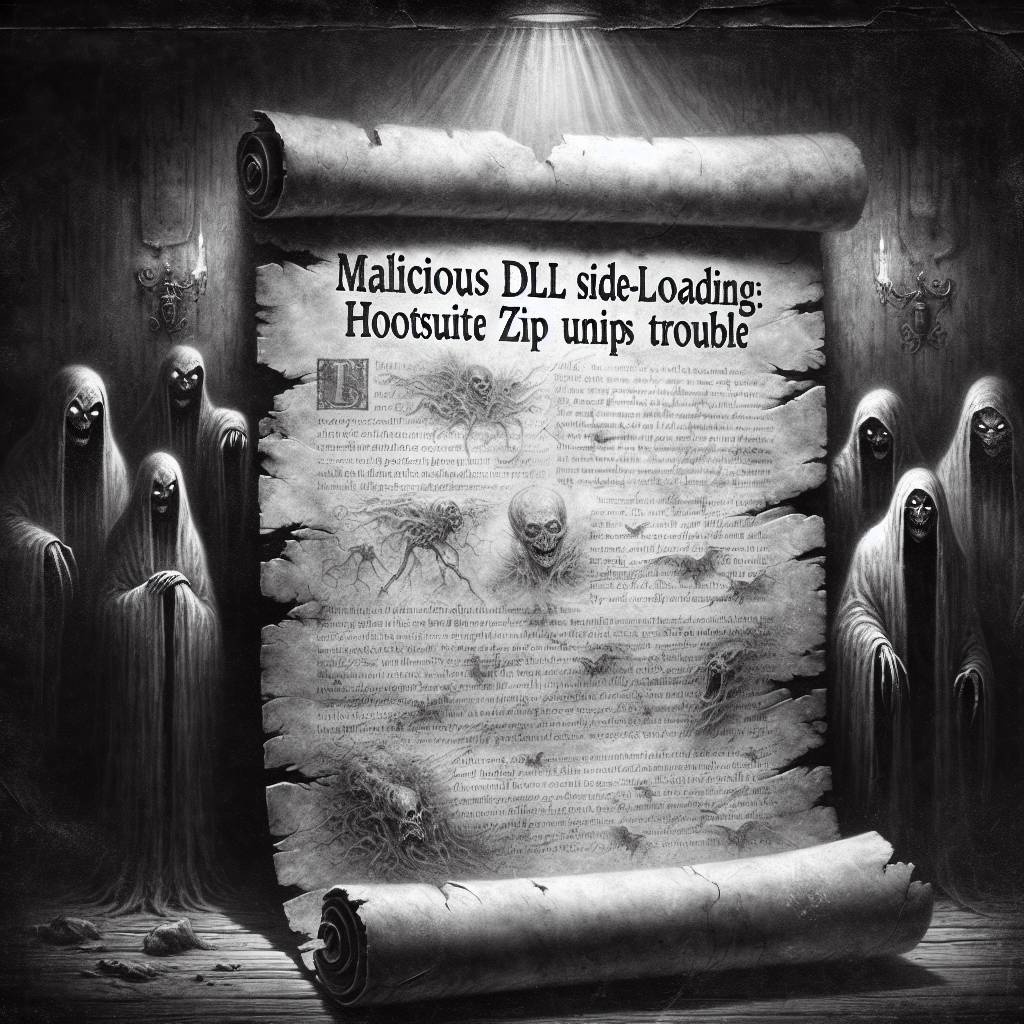Malicious DLL Side-Loading Strikes Again: Hootsuite ZIP Unzips Trouble!
In a tale of digital mischief, a hunting rule uncovers a cunning example of DLL side-loading. By camouflaging a malicious DLL as a legitimate one, attackers exploit an age-old vulnerability. Delivered via a sneaky “Hootsuite (1).zip,” this malware saga showcases the art of deception, with a dash of Python code and persistence tricks.

Hot Take:
Why read about DLL side-loading when you can experience the thrill of finding a bootleg Python environment delivered straight to your digital door? It’s the gift that keeps on giving… until it doesn’t. Just remember, sometimes the ZIP file is more trap than treasure.
Key Points:
- DLL side-loading is used to trick applications into loading malicious code.
- The malware is delivered via a ZIP archive posing as a PDF reader.
- A hefty msimg32.dll file is employed to evade security scans.
- A Python bot is surreptitiously fetched and executed through a renamed executable.
- Persistence is achieved through registry edits and a sneaky batch file.
Already a member? Log in here
